Model Number
Application
Media Type
Pressure & Temperature
Single or Double Wall
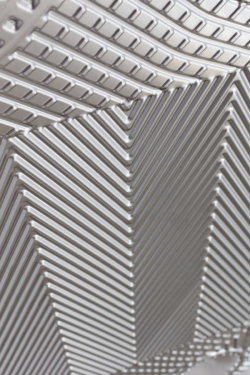
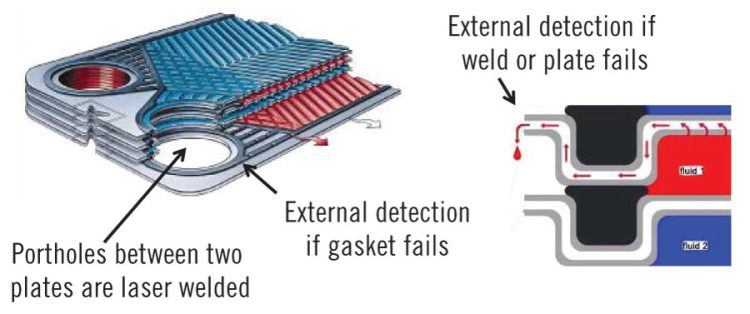
Transformer Oil Cooling – Water / Oil mixture can result in severe damage to transformer
Chemical Processes – Intermixing can cause contamination, explosions, chemical reactions, corrosion
Potable Water Heating – Distributing heat generated in a centralized location for residential and commercial heating requirements such as space heating and water heating, intermixing could scald, pollute tap water
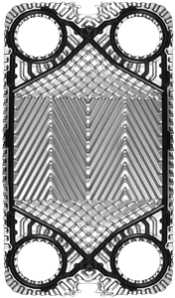
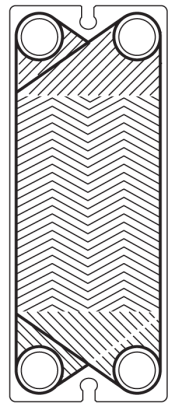
High Theta Pattern
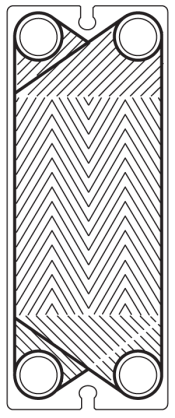
Low Theta Pattern
As a heat exchanger becomes fouled with dirt, debris or scale, often the modulating valve provides additional hot or cold liquid to help compensate for the loss of efficiency of the heat exchanger.
Over time the control valve will continue to open fully. Unfortunately, on the hottest or coldest days, even with the valve fully open the heat exchanger cannot meet the thermal transfer requirements and the situation becomes critical.
Monitoring just the operating temperature provides a false sense of security. Recording the difference in the outlet and inlet pressures provides a more accurate result of the amount of fouling.
Fouling equal to the thickness of a piece of paper represents a 20% loss of thermal efficiency. In addition, the energy cost for pumps increases since the pump must work harder to overcome the increased pressure resistance through the PHE
T.H. Industrial Solutions Inc. (THS) has been servicing industrial plate and frame heat exchangers as with shell and tube heat exchangers. Professionally solving process problems across Canada since 2009. THS head office is located in Pickering, Ontario with a 6,000 square foot service center in Hamilton, Ontario.
Today there are fewer qualified people in this industry that know the products and understand the applications. Utilizing hands on experience and knowledge that has been gained by our THS sales and service technicians for over the past 30 years, we will take the time to understand what you require and strive to provide a prompt, educated and accurate response at a competitive price.
Our Heat Exchanger Cleaning Services, along with heat exchanger gasket replacement systems, and knowledge of heat exchanger gasket materials make THS your Industrial Heat Exchanger Service Solution
1550 Bayly Street, Unit 15
Pickering, ON L1W 3W1
T 905 831-4963
76 Harlowe Road, Unit 5, 6 & 7
Hamilton, ON L8W 3R6
T 905 318-0777
F 905-318-8422
1550 Bayly Street, Unit 15
Pickering, ON L1W 3W1
76 Harlowe Road, Unit 5, 6 & 7
Hamilton, ON L8W 3R6